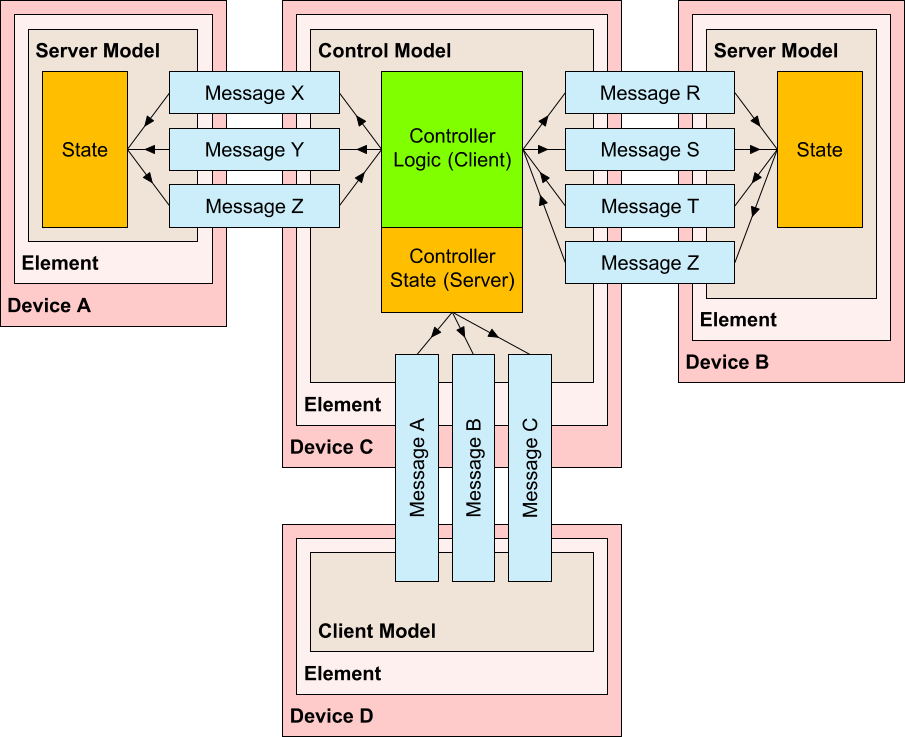The Bluetooth Special Interest Group (SIG) has announced support for mesh networking for BLE, which enables many-to-many (m:m) device communications, and is optimized for large scale device networks for building automation, sensor networks, asset tracking solutions, and other IoT solutions where up to thousands of devices need to reliably and securely communicate with one another. The standard actually specifies 32,767 unicast addresses per mesh network, but that number of nodes is not achievable right now.
 Mesh networking works with Bluetooth Low Energy and is compatible with version 4.0 and higher of the specifications. It requires SDK support for the GAP Broadcaster and Observer roles to both advertise and scan for advertising packets, and the FAQ claims Mesh Networking does not require extra power, and the devices only need to wake up at least once every four days or when they have data to transmit. Mobile apps connecting to mesh networking products will use the Bluetooth mesh proxy protocol implemented on top of BLE GAP and GATT APIs.
Mesh networking works with Bluetooth Low Energy and is compatible with version 4.0 and higher of the specifications. It requires SDK support for the GAP Broadcaster and Observer roles to both advertise and scan for advertising packets, and the FAQ claims Mesh Networking does not require extra power, and the devices only need to wake up at least once every four days or when they have data to transmit. Mobile apps connecting to mesh networking products will use the Bluetooth mesh proxy protocol implemented on top of BLE GAP and GATT APIs.

You can access access various part of the Mesh Networking standard including Mesh Profile specification 1.0, Mesh Model specification 1.0, and Mesh Device properties 1.0 on Bluetooth website.
The Bluetooth SIG expects commercial products with Bluetooth mesh networking technology to become available later this year. Qualcomm – who purchased CSR – announced Mesh networking support for their QCA4020 and QCA4040 BLE chip in samples today, and commercial availability in September 2017, and Nordic Semi has released a Mesh SDK, and so has Silicon Labs. Since I understand mesh network does not require hardware modifications, then all companies providing BLE solutions should offer it.
Thanks to Crashoverride for the tip.

Jean-Luc started CNX Software in 2010 as a part-time endeavor, before quitting his job as a software engineering manager, and starting to write daily news, and reviews full time later in 2011.
Support CNX Software! Donate via cryptocurrencies, become a Patron on Patreon, or purchase goods on Amazon or Aliexpress




